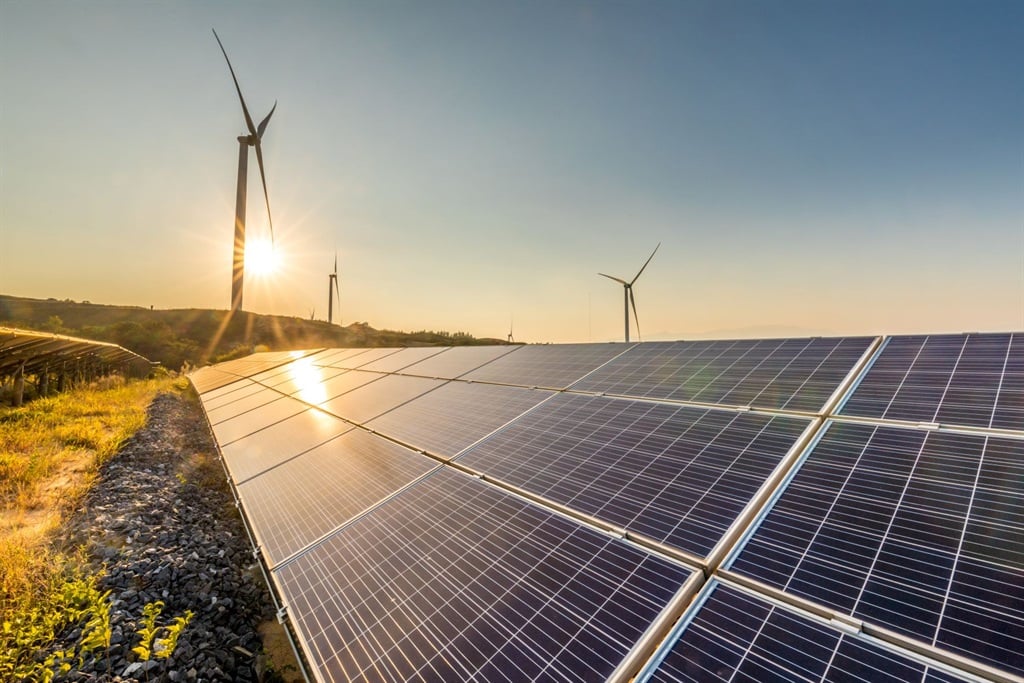
- South Africa's ideal power system to achieve net-zero emissions by 2050 is dominated by renewables.
- As much as 150GW of solar and wind capacity must be installed by 2050, and at least 30GW of battery storage.
- The cost would range between R2.3 trillion and R3.1 trillion after considering battery storage or other means to meet peak demand.
South Africa's ideal power system – which is cost-effective and has the lowest greenhouse gas emissions – consists of solar PV, wind and battery storage. But the capital requirements for such a system ranges between R2.3 trillion and R3.1 trillion, according to a report by the National Business Initiative (NBI).
NBI, in association with shareholder activism association Just Share and the World Wide Fund for Nature (WWF-SA), released the report Climate Change Investment and Finance Opportunities in The South African Electricity Sector on Wednesday.
The report's conclusions draw on four studies by the Energy Research Centre at the University of Cape Town, Meridian Economics, McKinsey & Company and NBI respectively. These studies consider how to reduce carbon emissions in the electricity sector – which contribute to climate change – in a cost-effective way, while also still meeting energy demands. NBI's report also relies on expert opinion from the electricity industry, as well as input from Eskom on the role of gas.
Overall, to achieve net-zero emissions by 2050, no new coal power stations should be built, given the associated costs and emissions that contribute to climate change. It is also agreed that no new nuclear power stations or hydro generation capacity should be built, though these are not as carbon-intense as coal, because they are costly.
NBI recommends that as much as 150GW of solar PV and wind capacity be installed from now until 2050 – this is about 3GW of solar per year and 2GW of wind per year.
South Africa's current renewable energy procurement programme seeks to secure 2.6GW of solar and wind for Bid Window 5, which was announced in 2021. Bid Window 6, announced this year, is due to be expanded to procure 5.2GW of wind and solar PV capacity.
NBI also notes that between 30GW and 60GW of battery storage will be required by 2050 to manage any inconsistencies from solar PV and wind energy production. While battery storage is not available, South Africa will likely rely on diesel for the next few years to manage peak demand before moving on to natural gas, the report indicates.
During Standard Bank's climate summit on Tuesday, Eskom CEO André de Ruyter said the power utility's own scenario planning shows that gas is needed to maintain grid stability, particularly to meet peaking demand.
The four studies also support using gas – but minimally at around 5% and for a temporary period until green fuels are developed, along with alternative storage options.
Financing the solar PV and wind power system, which is to be supported by battery storage or other solutions like gas, is estimated to cost between R2.3 trillion and R3.1 trillion - depending on the costs of different technologies and pace of development, according to the NBI report.
*All amounts are based on 2021 estimates.

